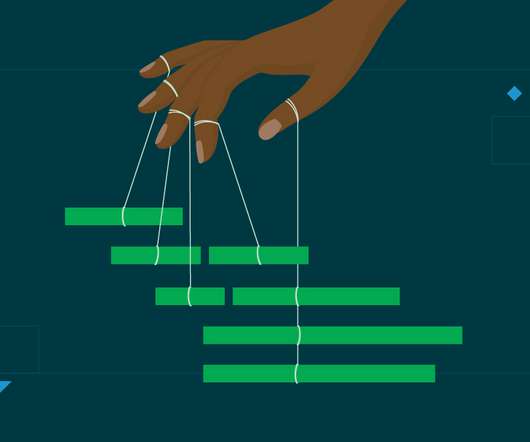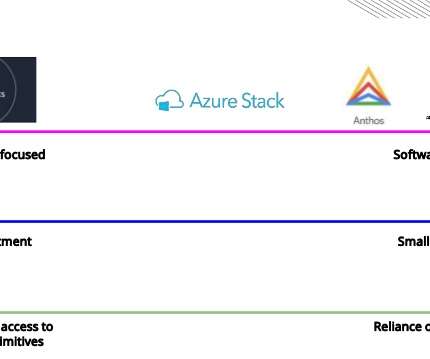Microservices Architectural Design by using Spring Boot
Perficient
FEBRUARY 13, 2024
What is Microservices Architecture? Microservices Architecture Software development follows an architectural and organizational approach where small independent services communicate with each other through well-defined APIs. A microservice can locate and connect with other microservices only when it is published on an R&D server.




























Let's personalize your content